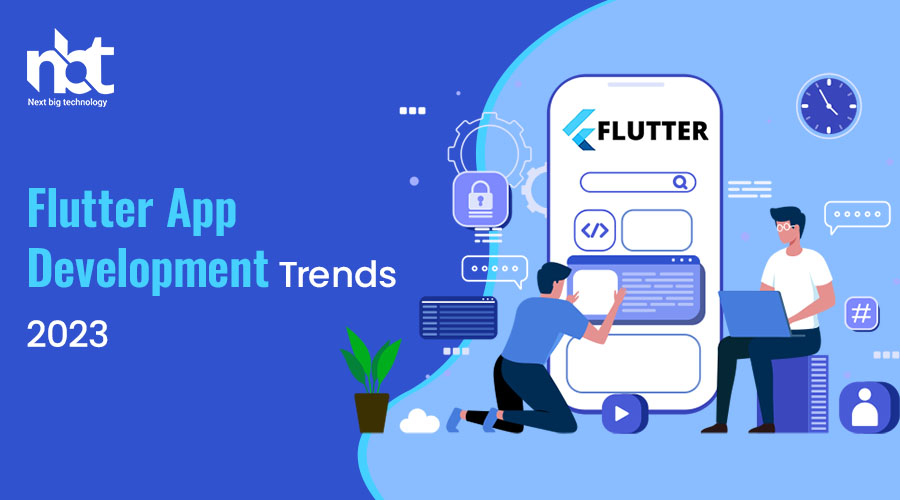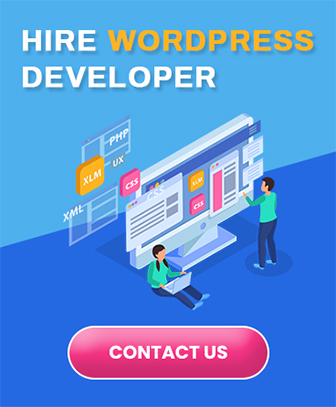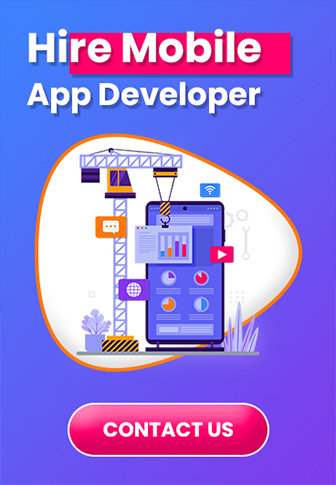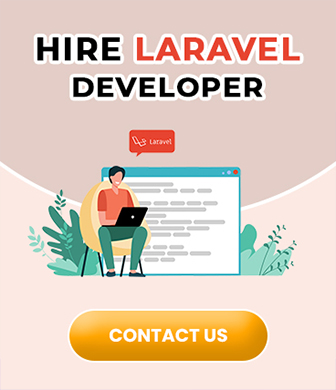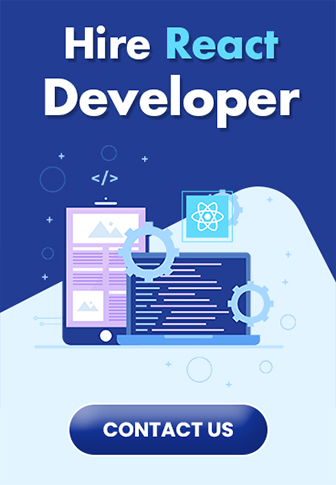Table of Contents
Introduction
In the ever-evolving landscape of app development, staying abreast of the latest trends is crucial. Flutter, known for its cross-platform capabilities and rich features, has witnessed a surge in popularity among developers. This article delves into the Flutter app development trends of 2023 and explores how they are shaping the future of mobile application development.
The Rise of Flutter in 2023
Increasing Popularity Among Developers
Flutter has gained substantial traction in the developer community, owing to its ease of use and robust performance. Developers are increasingly turning to Flutter for its efficiency in creating visually appealing and high-performing apps.
Key Features Contributing to Success
The success of Flutter in 2023 can be attributed to its key features, including a hot reload for faster development, a rich set of customizable widgets, and a strong community backing.
Top Flutter App Development Trends
Responsive UI Design
One of the prominent trends in Flutter app development is the emphasis on responsive UI design. With the proliferation of various devices, developers are focusing on creating apps that seamlessly adapt to different screen sizes.
Integration of AI and ML
Flutter is witnessing a surge in the integration of Artificial Intelligence (AI) and Machine Learning (ML) capabilities. Developers are leveraging Flutter’s flexibility to incorporate advanced features, enhancing user experiences through intelligent algorithms.
Progressive Web Apps (PWAs)
The trend of building Progressive Web Apps (PWAs) with Flutter is gaining momentum. Flutter’s ability to create high-performance web applications alongside native mobile apps positions it as a versatile framework for developers.
State Management Improvements
Efficient state management is crucial for app performance. In 2023, Flutter is evolving with improved state management solutions, ensuring smoother app workflows and enhanced user interactions.
Cross-Platform Development Dominance
Advantages of Cross-Platform Development
The benefits of cross-platform development, such as code reusability and reduced development time, continue to drive its dominance. Flutter, with its single codebase for both Android and iOS, stands out as a key player in the cross-platform arena.
Flutter’s Role in Cross-Platform Dominance
Flutter’s robust framework facilitates seamless cross-platform development, allowing developers to create high-quality apps for multiple platforms simultaneously. This trend is set to redefine the app development landscape in 2023.
Future Prospects
The future prospects of cross-platform development, as facilitated by Flutter, look promising. Developers can expect more streamlined workflows, enhanced collaboration, and increased efficiency in app development.
UI/UX Innovations in Flutter
Custom Animations and Transitions
Flutter empowers developers to create custom animations and transitions, enhancing the visual appeal of applications. This trend reflects the increasing focus on delivering immersive user experiences.
Use of Material Design and Cupertino for Enhanced Aesthetics
Material Design and Cupertino, the design languages of Android and iOS, respectively, are integrated seamlessly into Flutter. This trend ensures that Flutter apps not only perform well but also adhere to platform-specific design aesthetics.
Accessibility Improvements
In 2023, Flutter is prioritizing accessibility enhancements. Developers can easily implement features that make apps more accessible to users with disabilities, contributing to a more inclusive digital experience.
Continuous Integration and Delivery (CI/CD) in Flutter
Importance of CI/CD in App Development
Continuous Integration and Delivery (CI/CD) play a pivotal role in ensuring the reliability and efficiency of the development process. In 2023, the integration of CI/CD in Flutter development is becoming increasingly prevalent.
How Flutter Facilitates Seamless CI/CD
Flutter’s modular architecture and efficient testing tools make it conducive to CI/CD practices. Developers can automate testing and deployment processes, reducing errors and enhancing overall app quality.
Collaboration and Community Support
Flutter Developer Community Growth
The Flutter developer community is experiencing rapid growth. This trend is fueled by collaborative efforts, knowledge sharing, and a collective commitment to advancing Flutter as a leading app development framework.
Open-Source Contributions and Collaborative Projects
The open-source nature of Flutter encourages developers to contribute to its ecosystem actively. Collaborative projects and shared resources contribute to the continuous improvement and expansion of Flutter’s capabilities.
Security Measures in Flutter Development
Addressing Security Concerns in App Development
Security is a top priority in app development. Flutter addresses security concerns by providing built-in features that safeguard user data and protect applications from potential threats.
Flutter’s Built-in Security Features
Flutter’s security features include secure data storage, encryption, and protection against common vulnerabilities. This trend reflects the framework’s commitment to providing a secure environment for app development.
Challenges and Solutions
Common Challenges in Flutter App Development
Despite its strengths, Flutter developers face challenges such as third-party plugin compatibility and a learning curve. Acknowledging and addressing these challenges is crucial for a successful development process.
Solutions to Overcome These Challenges
Community-driven solutions, comprehensive documentation, and active support forums contribute to overcoming challenges. Developers can leverage these resources to navigate hurdles effectively and optimize their Flutter development experience.
Case Studies and Success Stories
Highlighting Successful Flutter App Projects
Examining case studies and success stories showcases the real-world impact of Flutter app development. These stories offer insights into best practices, innovative solutions, and the potential for creating standout applications.
Lessons Learned from Case Studies
Developers can draw valuable lessons from case studies, gaining practical knowledge on overcoming obstacles, implementing effective strategies, and achieving successful outcomes in Flutter app projects.
Future Predictions for Flutter
Expert Insights on the Future of Flutter
Industry experts provide valuable insights into the future trajectory of Flutter. Predictions include advancements in features, increased adoption in diverse industries, and a continued rise in Flutter’s prominence.
Emerging Technologies Influencing Flutter’s Trajectory
The integration of emerging technologies like Augmented Reality (AR) and Internet of Things (IoT) is anticipated to influence Flutter’s trajectory. Developers can prepare for these trends to stay ahead in the evolving app development landscape.
Developer Tips for Adopting Trends
Staying Updated with Flutter News
Regularly staying informed about the latest Flutter news, updates, and releases is essential for developers to align their strategies with the evolving ecosystem.
Joining Online Communities and Forums
Active participation in online communities and forums provides developers with opportunities to learn, share experiences, and seek guidance from peers and experts.
Attending Flutter Conferences and Events
Attending Flutter conferences and events offers a valuable platform for networking, gaining insights, and staying connected with the vibrant Flutter community.
Conclusion
In conclusion, the Flutter app development trends of 2023 paint a dynamic picture of innovation and progress. Developers embracing these trends can create applications that not only meet current standards but also anticipate future demands. The evolving landscape of Flutter ensures that it remains a frontrunner in the realm of cross-platform app development.
Thanks for reading our post “Flutter App Development Trends 2023”. Please connect with us to learn more about Flutter App Developmen.







